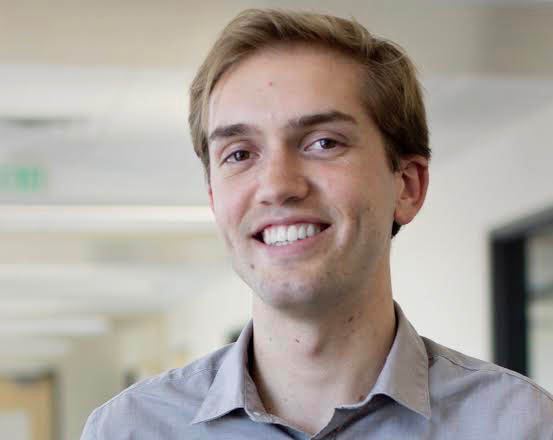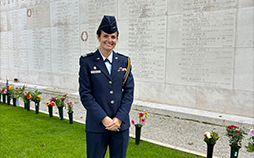Bringing It All Together
The end goal of a BYU education, James Lee says, is to give students chances to apply what they’ve learned. For him, that happened at the Simmons Center for Cancer Research.
May 2018

Jordan Finnell was brought up to believe that science - especially the theory of evolution - was contrary to the gospel and something that could threaten his spiritual beliefs. He was surprised when his freshman biology class challenged this dichotomy. He says, “I found that teachers went to extensive lengths to explain not only the fundamental concepts of and evidences for evolution but also the spiritual side and how there isn’t an inherent conflict between evolution and the gospel. This was one of the first moments in my life where I realized if I want to know the truth about anything - science or the gospel - I need to actively grapple with my questions and pursue and find answers on my own. That experience sparked my curiosity for science and set the stage for my experience at BYU.”
Jordan double majored in biochemistry and neuroscience, and he received a master’s in biochemistry. A central component of his education at BYU was the chance to be mentored by professors. He says, “Working in Dr. Richard Watt’s lab was my introduction to doing science and where I gained an interest in scientific research. Having Dr. Ken Christensen as a mentor during my master’s was a phenomenal experience from every perspective. I got to develop a professional relationship with him and see how he thrives in research and teaching environments. It was so meaningful feeling that he was indeed invested in my success and I in his. Getting to learn from him prepared me exceptionally well to pursue a PhD.”
Jordan’s success at BYU was facilitated by university scholarships and a research stipend. He says, “It was a huge help not having to worry about tuition and being able to prioritize my schoolwork. As I got married and had kids, I was able to continue to primarily pursue my academic goals without stressing about financial prospects.”
Jordan’s studies have led him to a PhD program at the University of Texas Southwestern, where he works with the Center for Alzheimer’s and Neurodegenerative Diseases. “The lab has really helped shape the field of neurodegenerative disease,” Jordan says. “We’re working toward new diagnostic and treatment strategies. As it is now, Alzheimer’s and dementia are only positively diagnosed post-mortem. If we can diagnose accurately while patients are still alive, we can better treat them.”
Jordan is extremely grateful for the funds that enabled his priceless experiences while at BYU. He says, “Donations and funds are really going towards creating and preparing some of the best young thinkers. I can say, at least for the biochemistry program, that the quality of education I received at BYU thoroughly prepared me to thrive academically at a level comparable to the best institutions in the country.”
Make a Gift
The end goal of a BYU education, James Lee says, is to give students chances to apply what they’ve learned. For him, that happened at the Simmons Center for Cancer Research.

With the help of a Fulton grant, Spencer Petersen is using a combination of resources that measures the forces under the foot to research the role your big toe plays in the simple act of walking.

Students come to Brigham Young University seeking a unique collegiate experience. And no other university has the same expectation for a commitment to excellence alongside a mission to assist individuals in their quest for perfection and eternal life.